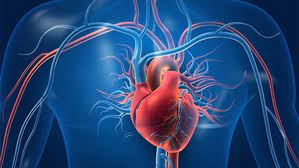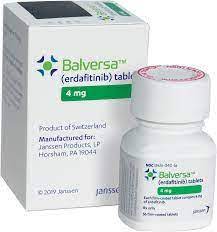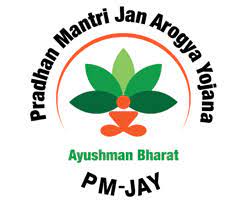April 3, 2025 – A groundbreaking development in Germany may offer a lifeline to thousands awaiting life-saving heart transplants. Scientists have created a “heart patch” made from stem cells, showing promise in bridging the gap to transplantation, and potentially, providing a permanent solution.
Currently, the U.S. faces a severe shortage of donor hearts, with thousands of adults and hundreds of children languishing on waiting lists, often exceeding six months. Tragically, many die while waiting, including one in eight children. Globally, approximately 20 people die daily awaiting organ transplants.
The innovative heart patch, detailed in a January report by the journal Nature, consists of lab-grown cardiac tissue containing up to 200 million cells embedded in a collagen hydrogel. This engineered heart muscle (EHM) patch can be surgically attached to a patient’s heart in a minimally invasive procedure, aiding in its pumping function.
Successful trials in rhesus macaques paved the way for human application. The first recipient, a 46-year-old woman in 2021, benefited from the patch, surviving until a heart transplant became available. Subsequent use in 15 other patients with severe heart failure has yielded promising results, with further data expected later this year.
This advancement is crucial given the stark disparity between the estimated 50,000 global patients with end-stage heart failure and the mere 5,000 annual heart transplants. With over 6 million Americans living with heart failure, a number projected to rise, the “bridge-to-transplant” potential of these patches is significant.
The patches are created using induced pluripotent stem cells (iPSCs), reprogrammed adult stem cells capable of becoming any cell type, avoiding the ethical concerns associated with embryonic stem cells. Notably, the patches have not shown the common issues of arrhythmia or tumor growth often associated with pluripotent stem cell applications.
Pharmacologist Sian Harding, PhD, estimates the cost of producing a substantial patch to be around $15,000, a reasonable expense for a heart implant. She believes scalability is achievable.
Current heart failure treatments, including medications like ACE inhibitors, beta-blockers, and SGLT-2 inhibitors, alongside mechanical devices like left ventricular assist devices (LVADs), offer varying degrees of relief. However, these treatments have limitations, including potential side effects, diminishing effectiveness, and the invasive nature of LVADs, which require patients to manage external equipment and carry infection risks.
Addressing the transplant shortage requires tackling the complex organ donation system. In the U.S., the “opt-in” system contrasts with the “opt-out” systems used in some countries, potentially limiting donor availability. Experts like Dr. Sounok Sen highlight the need for improved public awareness and a more streamlined donation process.
“If I had to pick one thing we can show our communities, it’s the kind of amazing transformation that organ donation does to a single person in that community,” said Sen.
Clinical trials will determine if these patches can ultimately eliminate the need for heart transplants entirely.
Disclaimer: The information provided in this article is for general knowledge and informational purposes only, and does not constitute medical advice. Readers should consult with qualified healthcare professionals for any health concerns or before making any decisions related to their health or treatment.(https://www.webmd.com/heart-disease/heart-failure/news/20250403/new-heart-patch-could-help-solve-transplant-shortage)












